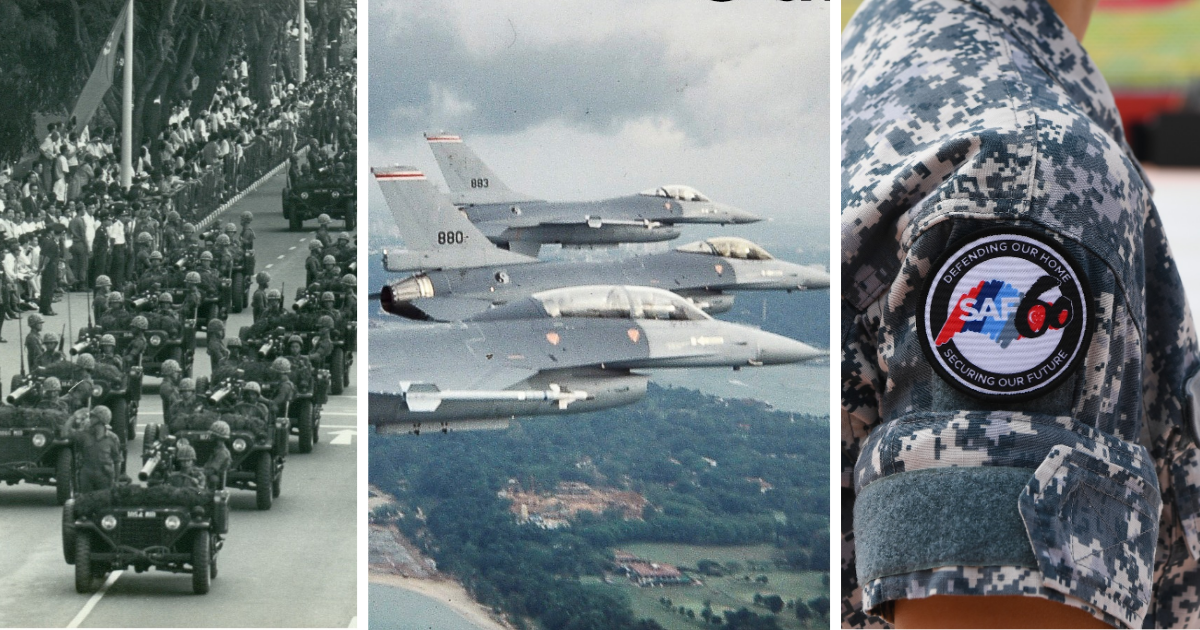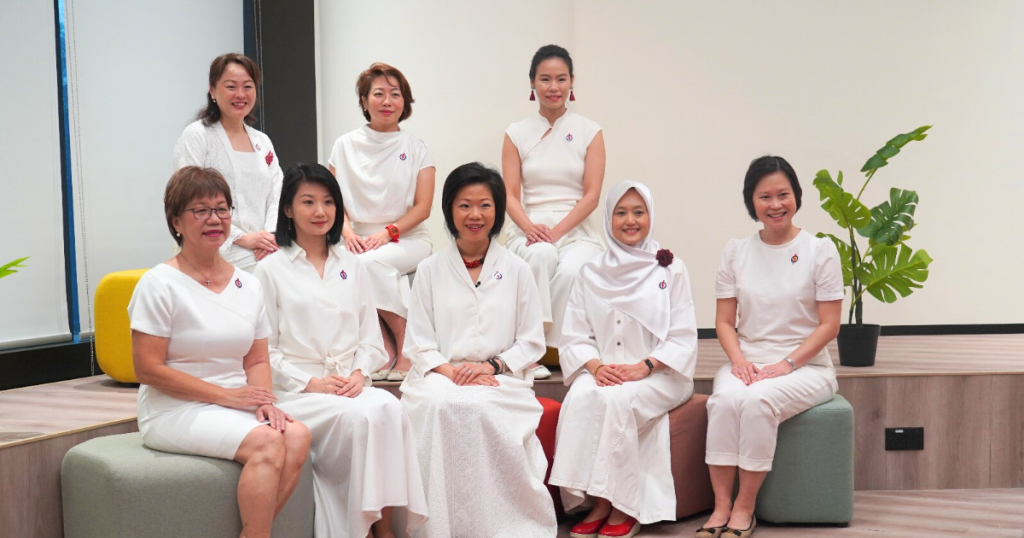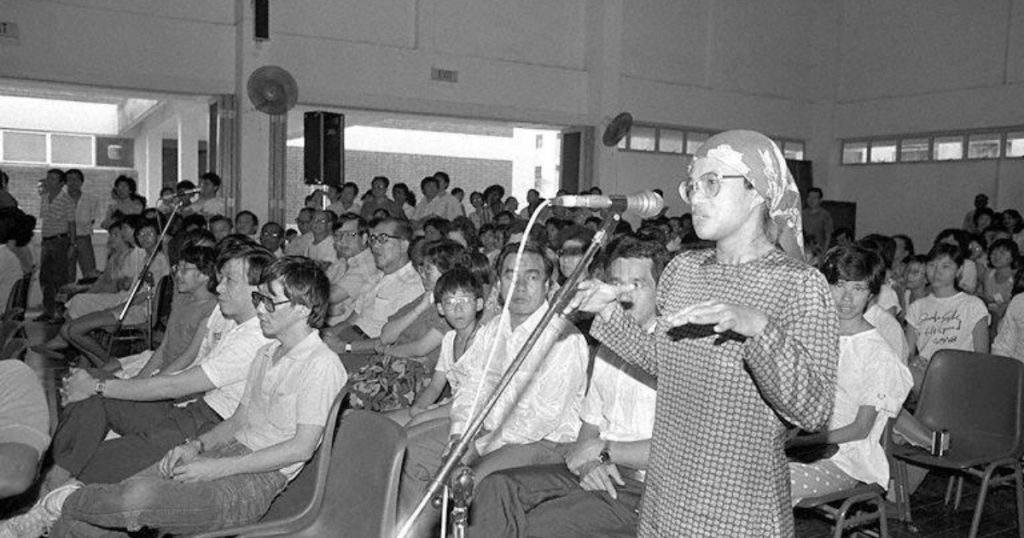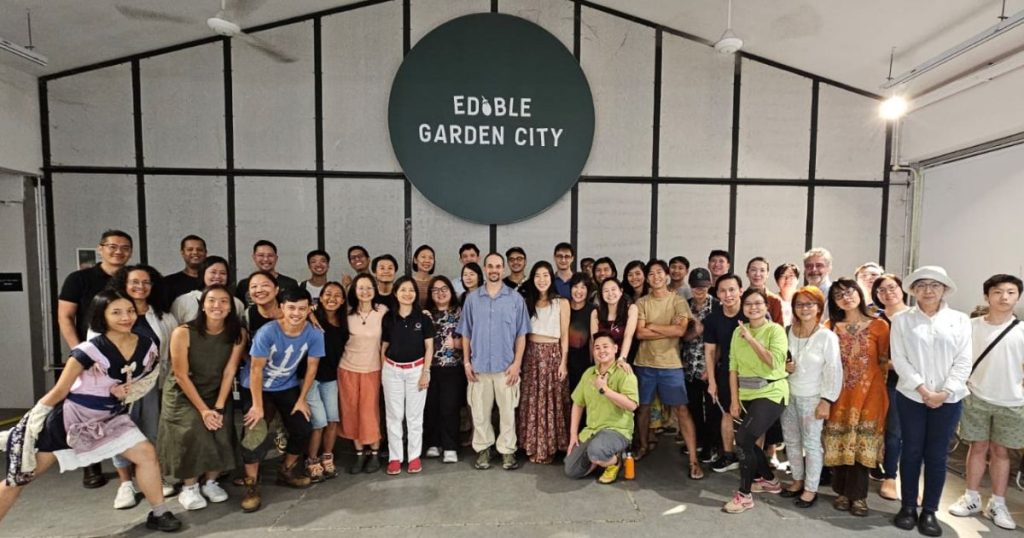This weekend, Singapore will celebrate 60 years of independence. To commemorate SG60, the National Day Parade 2025 (NDP) promises to be a grand affair.
The Mobile Column, last seen in 2019 during the bicentennial celebrations, will make a grand return, featuring 170 assets across land, sea and air.
In addition, our Red Lions will join forces with our navy divers for a historic Jump of Unity. Both teams will jump into two different locations – Padang and Marina Bay, respectively, and perform a combined salute.
Both displays are crowd favourites. More importantly, they are a celebration of how far Singapore, and the Singapore Armed Forces (SAF), have come from a time when Singapore had no navy, air force or even an army to call its own.

On 9 August 1965, Singapore gained independence in the most tumultuous of times. The threat of communism was looming large. Konfrontasi had resulted in numerous terrorist attacks, including the bombing of MacDonald House.
With no hinterland, Singapore was vulnerable. Two infantry battalions of 1,000 men and two wooden hull boats were all it had to defend itself. How long our newfound freedom would last weighed heavily on the minds of our founding fathers.
“The most important thing is our defence. If we want to survive and not be destroyed by others, then we must be prepared to fight to defend ourselves,” said then-Prime Minister Lee Kuan Yew.

The task of building a capable army fell on then-Defence Minister Dr Goh Keng Swee. A recruitment drive for the People’s Defence Force (PDF) resulted in more than 3,000 volunteers in 1966. But this number was not enough. Singapore needed a bigger pool of professionally trained soldiers.
When the British announced that it would withdraw its troops from Singapore by 1971, the need for a credible self-defence force reached new urgency.

In 1967, parliament passed the National Service (Amendment) Bill, which made conscription mandatory for male citizens. That same year, the Singapore Naval White Ensign, the official flag of our navy, was hoisted with pride.
By 1968, the Singapore Air Defence Command (SADC), the precursor to the RSAF, purchased eight Cessna 172-H aircraft to train our first batch of pilots.
With grit and resilience, this marked the beginning of how the PAP Government built up Singapore’s land, sea, and air forces from scratch.
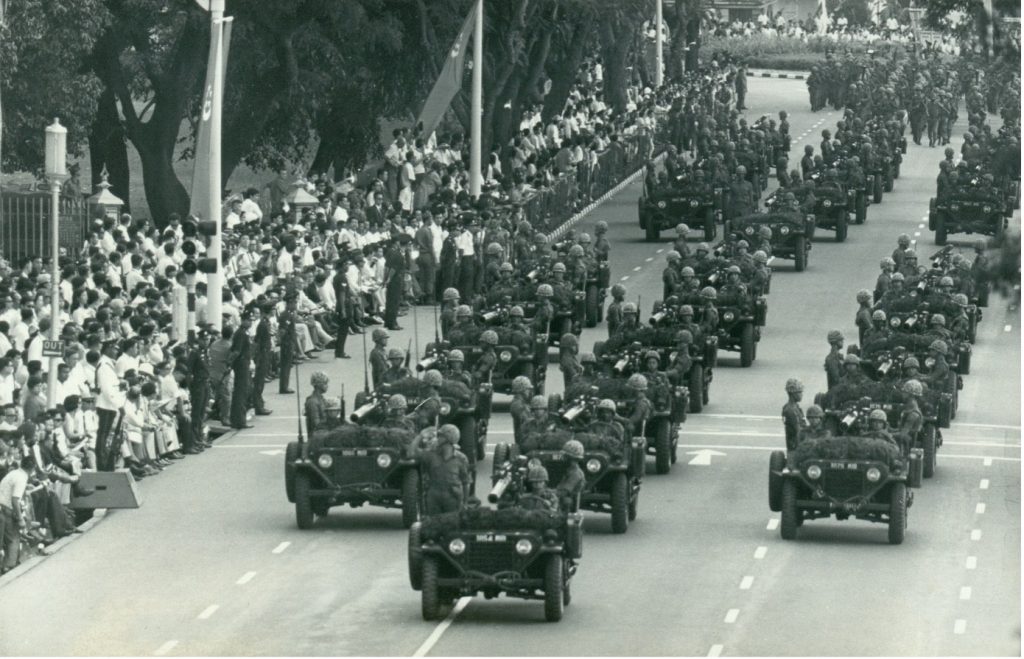
The 1970s were a time of rapid expansion for the SAF.
As part of a ‘poison shrimp’ strategy, the SAF started to modernise its equipment. This includes purchasing state-of-the-art weapons from overseas and producing our own small arms and armoured vehicles.
The effort to build an indigenous defence industry paid off. Today, ST Engineering is one of the world’s leading companies in defence R&D, providing thousands of jobs for Singaporeans.
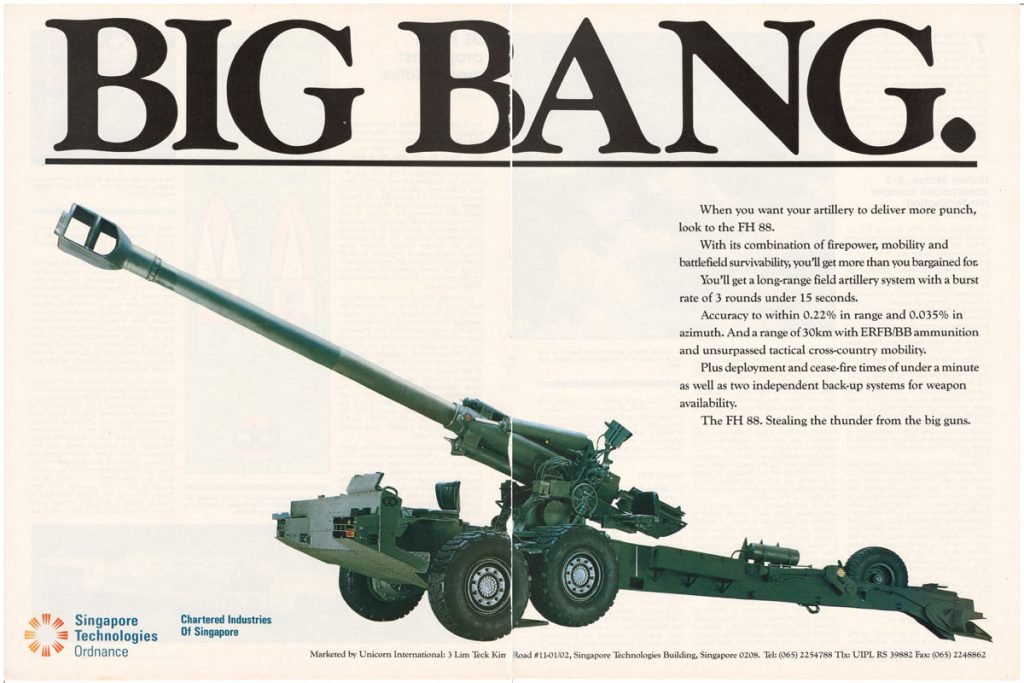
It was a remarkable feat. For an army that began with two barely functioning infantry battalions, the SAF was able to build up new units, including artillery, armour, and an elite commando force in a matter of years.
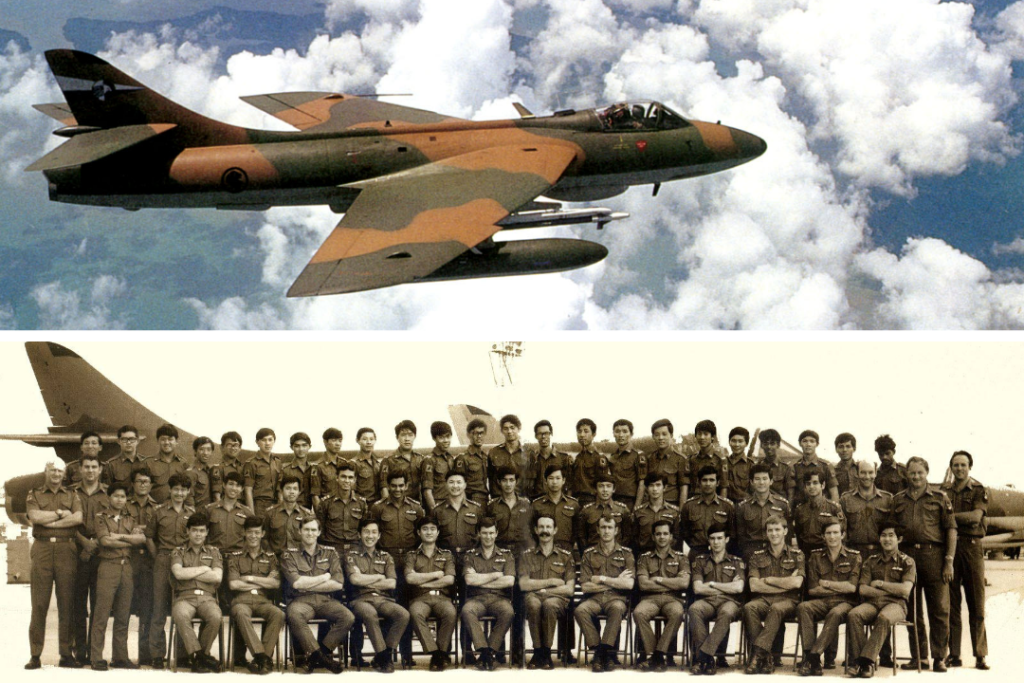
Throughout the 1980s, the SAF continued to innovate and grow. There was also a focus on improving army training and well-being.
During this period, a tri-service military institute was established to train future military leaders. Pulau Tekong, an offshore island, was reclaimed to make space for an army training ground.
It was also the start of SAFRA clubhouses. Equipped with sports and recreation options, they were built to encourage reservists to exercise regularly and boost morale.
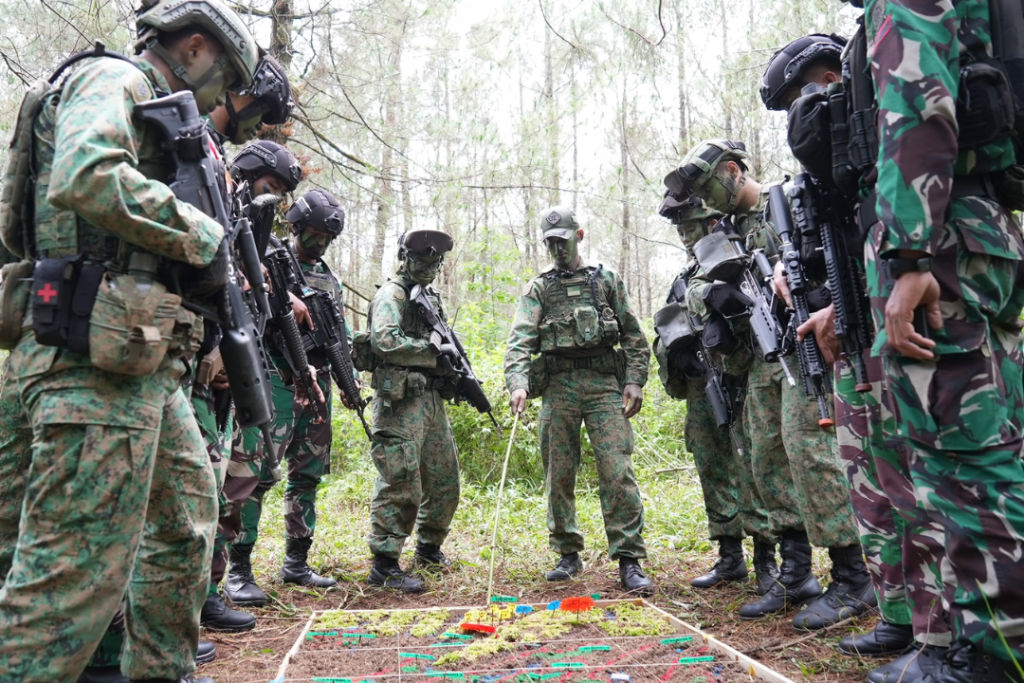
In addition, the PAP government placed great importance on defence diplomacy, building and strengthening defence relations with other nations.
The Five Power Defence Arrangements (FPDA), which began in 1971 and continues to this day, has enabled the SAF to meet its training needs through joint exercises with foreign forces.
In addition, there is a focus on collaboration with our closest neighbours.
To secure regional maritime security, the Singapore Navy and the Royal Malaysian Navy (RMN) have conducted annual bilateral naval exercises. Exercise Malapura, as it is called, celebrated its 40th anniversary last year.
Since the 1980s, here have also been annual air, land and sea drills with the Indonesian Army.
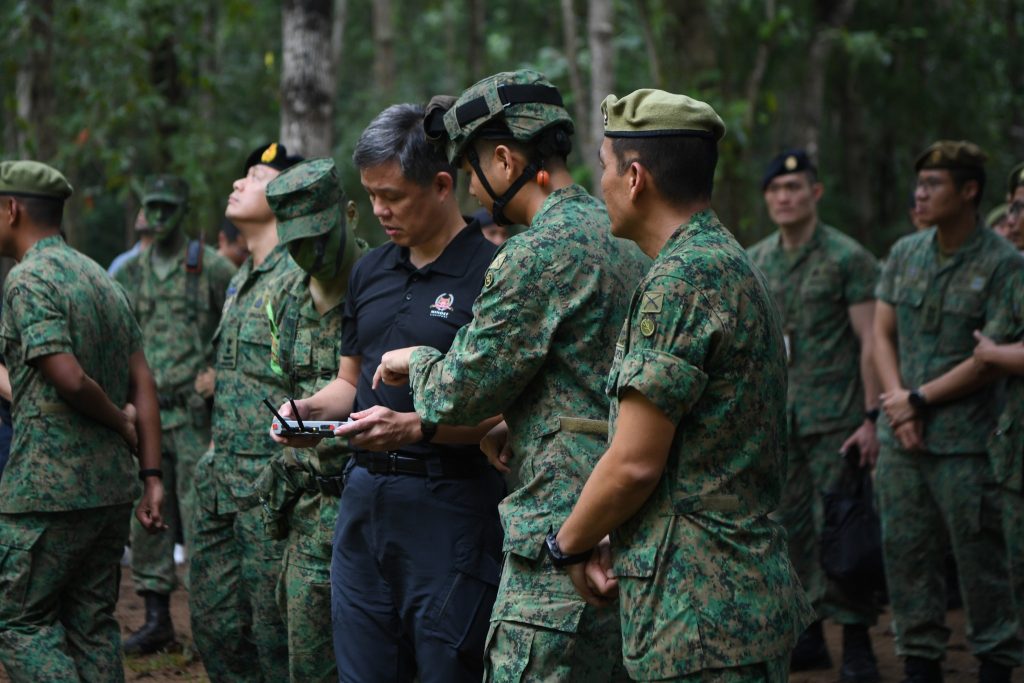
By adopting new technologies and investing in defence spending, the SAF has become a formidable force and one of the most well-equipped armies in the world.
In peacetime, this can be seen from SAF’s humanitarian efforts in the region.
When a massive earthquake hit Taiwan in 1999, the SAF deployed a medical team to help with relief efforts. During the Boxing Day Tsunami in 2004, the SAF deployed over 1,500 personnel to provide aid and assist in search and rescue efforts. More recently, the RSAF has delivered several tranches of humanitarian aid supplies to Gaza and Myanmar.
We have come very far in 60 years.
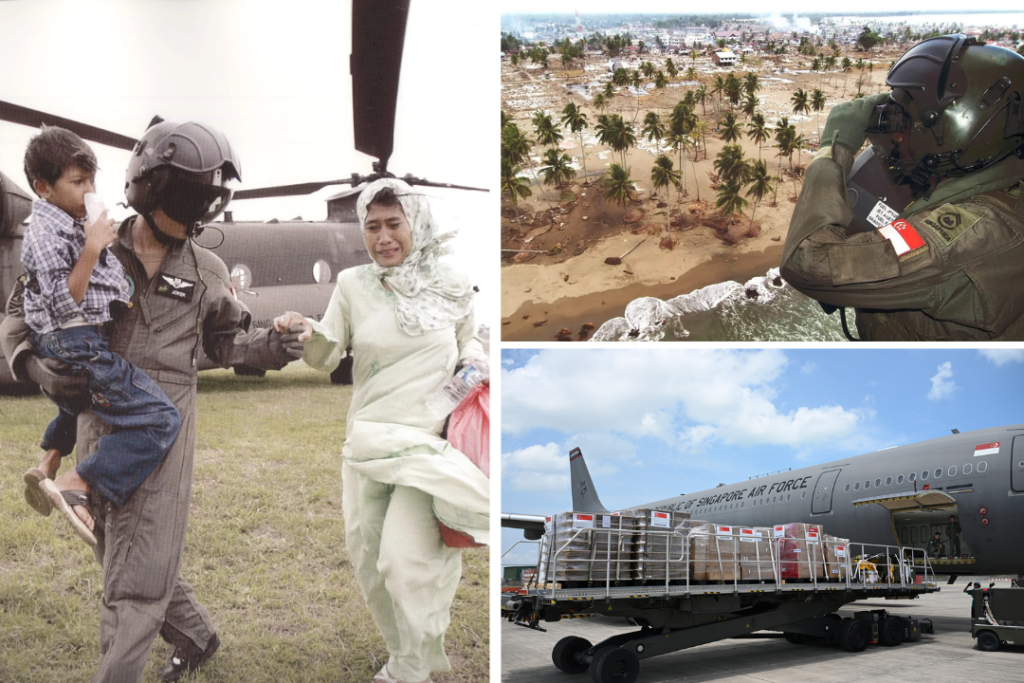
An independent Singapore was once considered a political and economic absurdity. And yet, we have defied the odds not only to survive but also to thrive. While a variety of policies are responsible for that outcome, a strong defence lies at its core.
“Singapore has enjoyed nearly 60 years of peace and security. This is no coincidence. It is the result of our unwavering commitment to build a strong and capable defence force,” said Prime Minister Lawrence Wong at the Commissioning Ceremony of Singapore’s first two Invincible-class submarines.
Singapore has achieved a lot in 60 short years. Something to think about, when we see our soldiers and civil defence forces marching during our National Day Parade.
